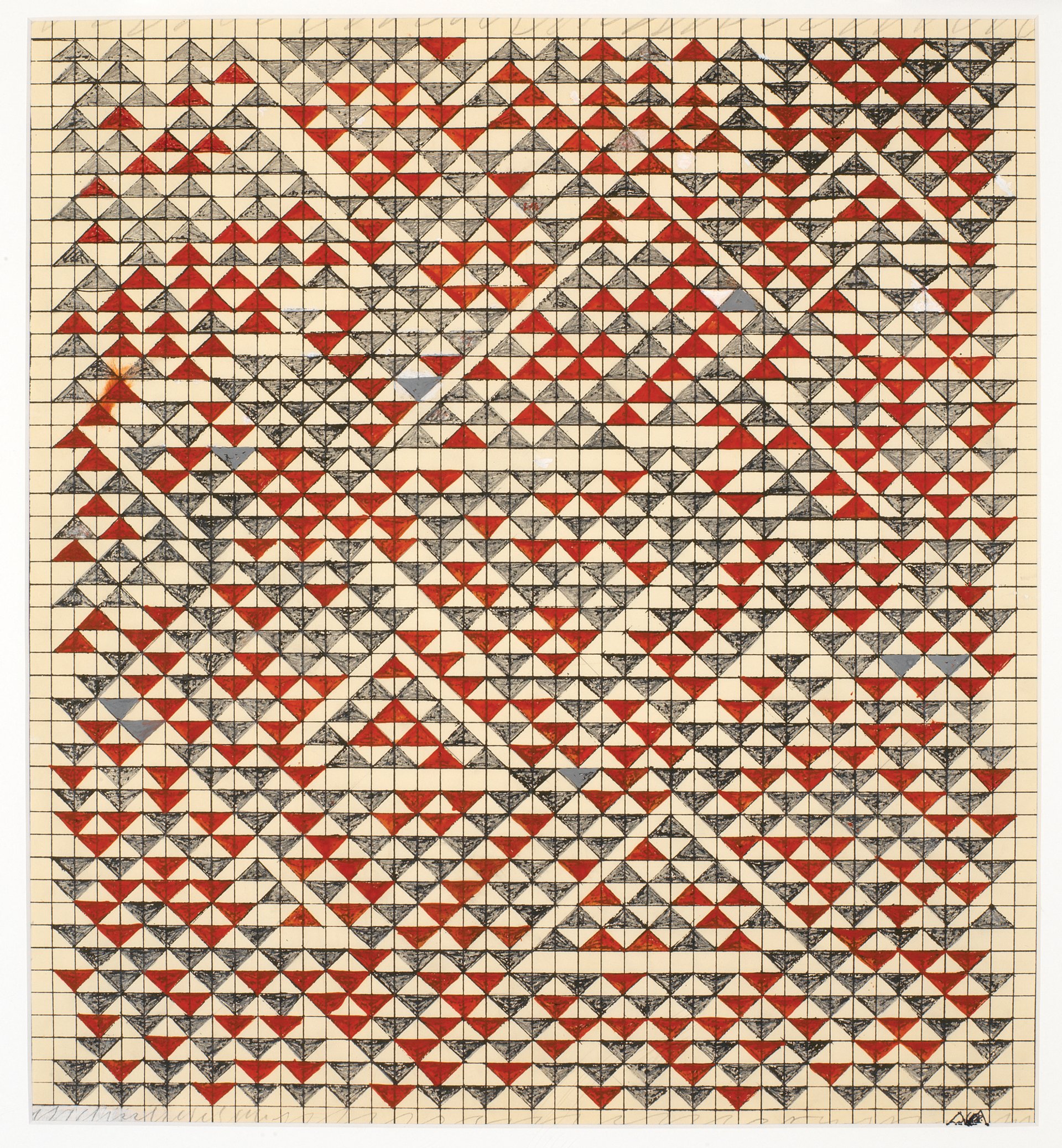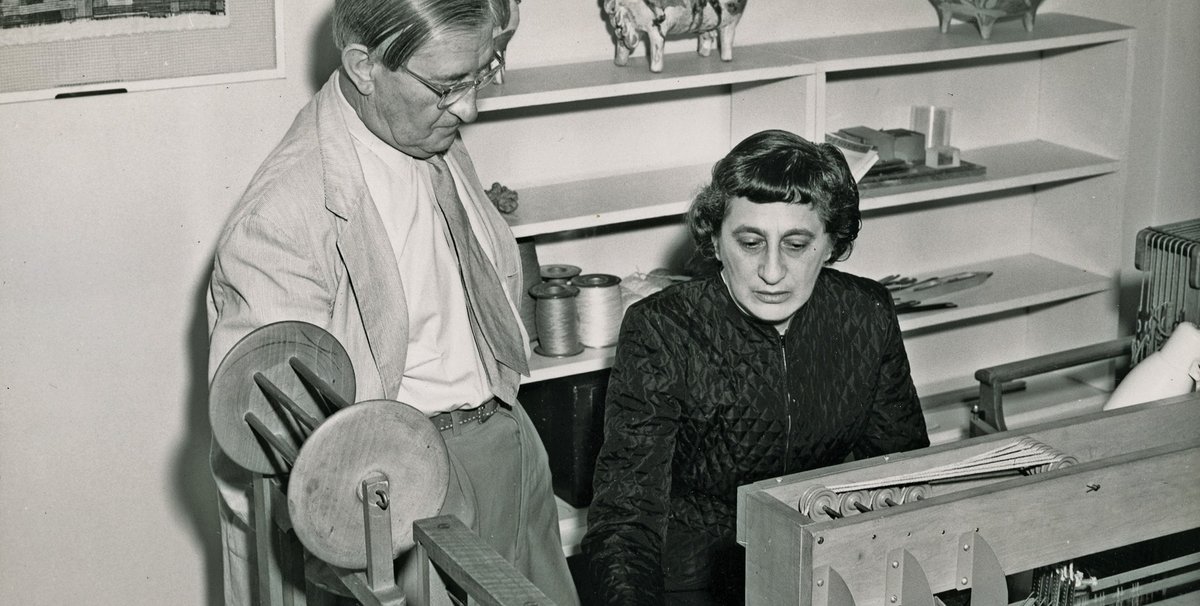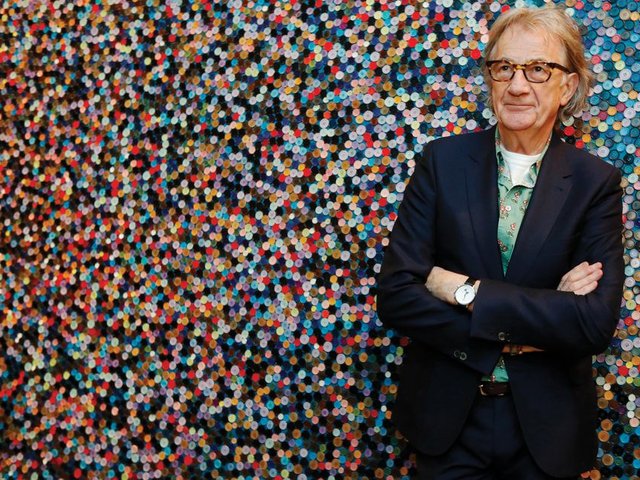When we hear the name Albers, we tend to think of Josef and his Homage to the Square series of paintings. But Anni Albers (1899-1994), his wife and fellow Bauhaus refugee, is at the forefront of two forthcoming exhibitions, including a full-scale survey of her work planned for 2018 at Tate Modern.
The show, which will travel to the Kunstsammlung Nordrhein-Westfalen in Düsseldorf, is preceded by a smaller survey, Anni Albers: Touching Vision, which is due to open this autumn at the Guggenheim Bilbao (6 October-14 January 2018).

Nicholas Fox Weber, the director of the Josef and Anni Albers Foundation, which is supporting both exhibitions, says: "During her lifetime, she got quite a bit of attention, but in a slower world than Josef did," he says. In 1949, she became the first textile artist to have a solo show at New York’s Museum of Modern Art, which was organised by Philip Johnson. The US architect helped them get out of Germany in 1933 when the Bauhaus, where they both taught, was forced to close by the Nazis. A 1985 show at the Smithsonian’s Renwick Gallery "put her again on the map, but not on the international scale of Josef," Weber says. Although her book On Weaving (1965) was influential for textile designers, she had fewer students than Josef did when they taught at Black Mountain College, so her influence was not as strong.
The Bilbao exhibition is a focused look at Anni's work between 1925, when she and Josef were at the Bauhaus, and the late 1970s, after she had taken up printmaking. The Tate survey is still in the planning stages. Another show, currently titled Josef and Anni Albers, is scheduled to open at the Musée d'Art Moderne de la Ville de Paris in 2019.



